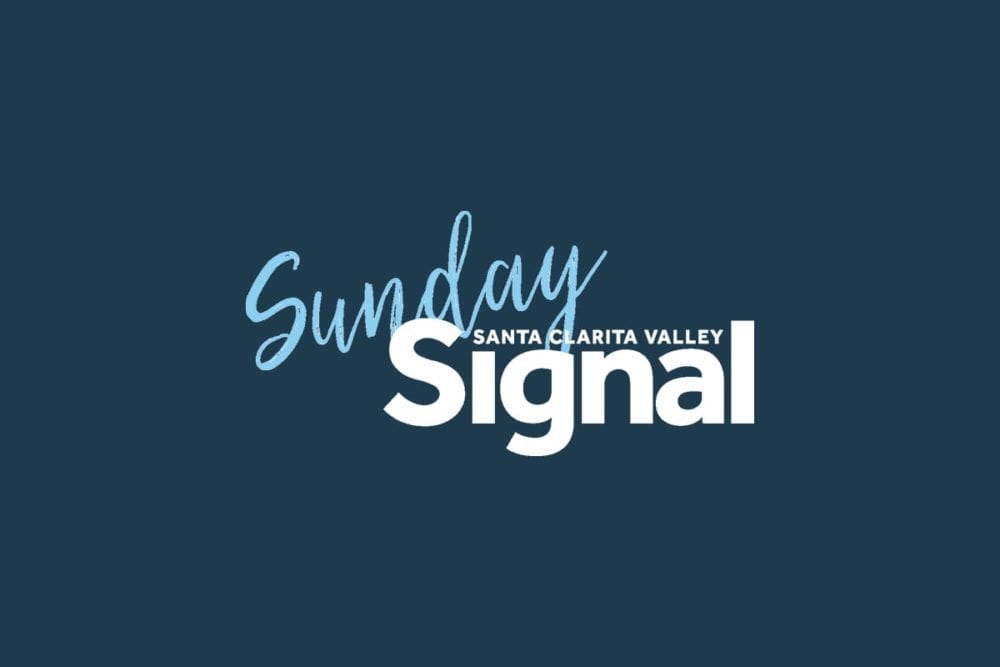By Richard Roeper
Signal Contributing Writer
‘The League’
1/2 (out of four)
Magnolia Pictures presents a documentary directed by Sam Pollard. Rated PG. In theaters and on digital platforms.
As many a Chicago baseball fan knows, the first Major League All-Star Game was played at glorious Comiskey Park (“The Baseball Palace of the World”) on the South Side on July 6, 1933, with a crowd of 47,595 looking on as an American League team with a roster that included Babe Ruth, Lou Gehrig, Al Simmons and Jimmie Foxx defeated the National League by a tally of 4-2.
But this was not the only All-Star game played at Comiskey during that era. As we’re reminded in the comprehensive, invaluable and inspirational documentary “The League,” in September of 1933, just a couple of months after that first MLB All-Star game, the inaugural East-West All-Star Game featuring the very best Negro League players took place at Comiskey Park. (Voting was tabulated by the two most influential Black newspapers of the time: the Pittsburgh Courier and the Chicago Defender.)
Over the next three decades, the East-West All-Star Game was a nearly annual staple at Comiskey (a handful of the games were played at other venues, including Yankee Stadium and the Polo Grounds), with crowds sometimes swelling above 50,000 to marvel at the talents of legends such as Josh Gibson, Satchel Paige, Cool Papa Bell — and in 1945, a Kansas City Monarchs shortstop named Jackie Robinson. Only after Negro League stars such as Robinson, Paige, Larry Doby, Roy Campanella and Willie Mays were admitted into Major League Baseball did the East-West game fade into the sunset, with many of its stars having moved on.
This is the type of amazing historical chapter featured throughout director Sam Pollard’s film, which was produced by Questlove and Black Thought and makes brilliant use of archival interviews with Satchel Paige, Willie Mays, Rachel Robinson (widow of Jackie), Monte Irvin and former Negro Leagues umpire Bob Motley, among many others; gorgeous black-and-white photography; newsreel footage; and some simple but cool and effective animation to tell the story of Black integration into baseball, which often mirrored and even influenced integration in a myriad of other fields.
It’s the poet Maya Angelou whose comments inspired the title, as she notes in an interview that back in the day, when anyone in the Black community made a reference to “the League,” everybody knew you were referencing the Negro Leagues, which were officially formed in 1920.
The story of the Negro Leagues has been told many times, through documentaries such as “There Was Always Sun Shining Someplace” (1981), “Pride and Perseverance: The Story of the Negro Leagues” (2014), the “Shadow Ball” chapter of Ken Burns’ “Baseball” series (1994), and oral histories such as “Only the Ball Was White,” and “The League” stands with the best of them.
We meet or are re-introduced to a number of pivotal, larger-than-life personalities who were instrumental in the development and promotion of the Negro Leagues, e.g., Rube Foster, founder and manager of the Chicago American Giants, who favored a fast and exciting style of play featuring drag bunts and an emphasis on stealing bases and taking the extra base, at a time when the major leagues of the Babe Ruth era were all about the home run and stodgy, station-to-station baseball. Foster wrote a series of op-eds for the Chicago Defender titled “The Pitfalls of Baseball,” in which he advocated for organizing Black baseball into a league with scheduled games in order to help build the fan base. In 1920, with Foster leading the way, the Negro National League was born.
As the documentary reminds us, the ballplayers were often subjected to the harshest conditions: banned from staying at hotels or eating at restaurants in the South, sometimes having to sleep at the ballpark, routinely playing double-headers or even triple-headers. Still, they played the game with great talent and passion.
With powerhouse teams such as the Chicago American Giants, Kansas City Monarchs, Homestead Grays, Pittsburgh Crawfords and Birmingham Barons in various versions of the Negro Leagues, it was obvious to any knowledgeable baseball insider that dozens if not hundreds of players could play, and in many cases excel, at the major league level. Negro League team owners hoped for a merger — something we saw in later decades with the NFL and the AFL, and the NBA and the ABA — but white owners and the rigid (that’s putting it nicely) Commissioner Kenesaw Mountain Landis were having none of that.
“The League” points out that while Branch Rickey will always have a place in baseball and cultural history for signing Jackie Robinson, Rickey steadfastly refused to compensate team owners for taking Robinson and other Negro League stars. The Indians’ Bill Veeck is credited for breaking that precedent by paying Newark Eagles co-owner Effa Manley (talk about a legend of the game) $10,000 for the rights to Doby. It was far below market value, but it was something.
Integration was always the goal, but it also meant, in the words of Effa Manley, that it would “break [the] business” of the Negro Leagues. It’s great that Jackie Robinson, Willie Mays, Ernie Banks, Henry Aaron and many others played on the biggest baseball stage imaginable, but we’re reminded that it will always be our shame that the likes of Oscar Charleston, Josh Gibson, Pop Lloyd, Buck Leonard and Cool Papa Bell never had that chance. At least, thank the baseball gods (but mostly the pioneers who set the path), they had The League.
Copyright 2022 Chicago Sun-Times













